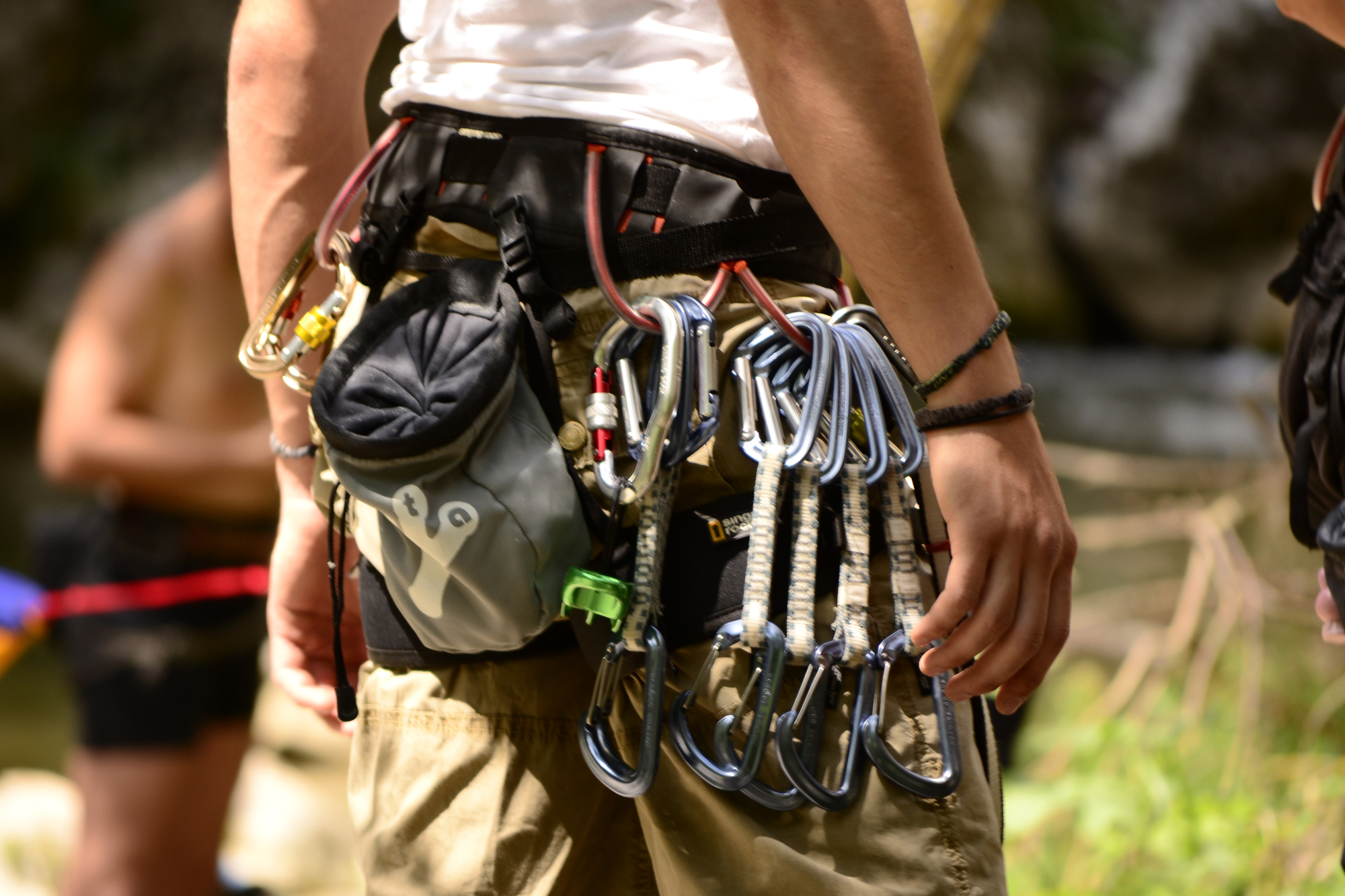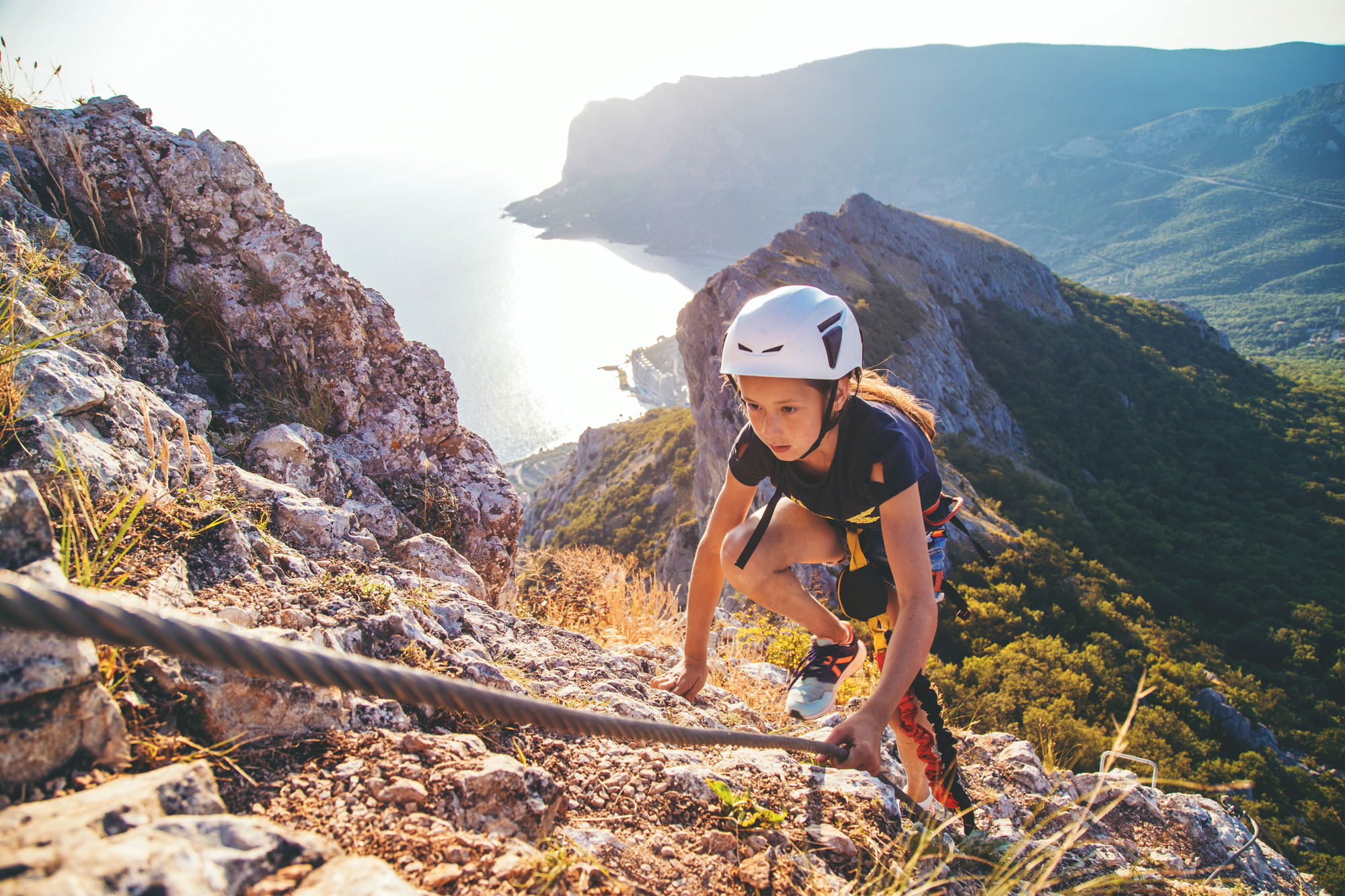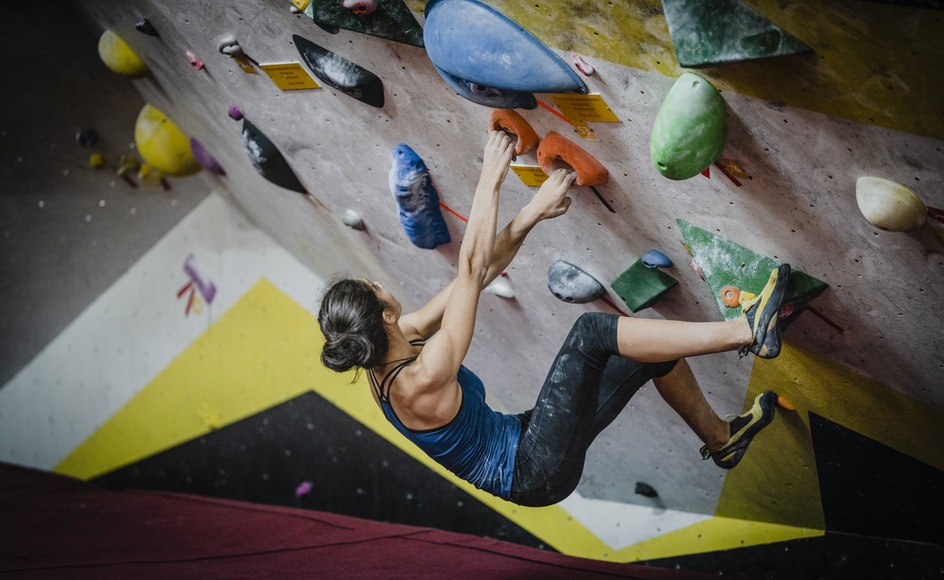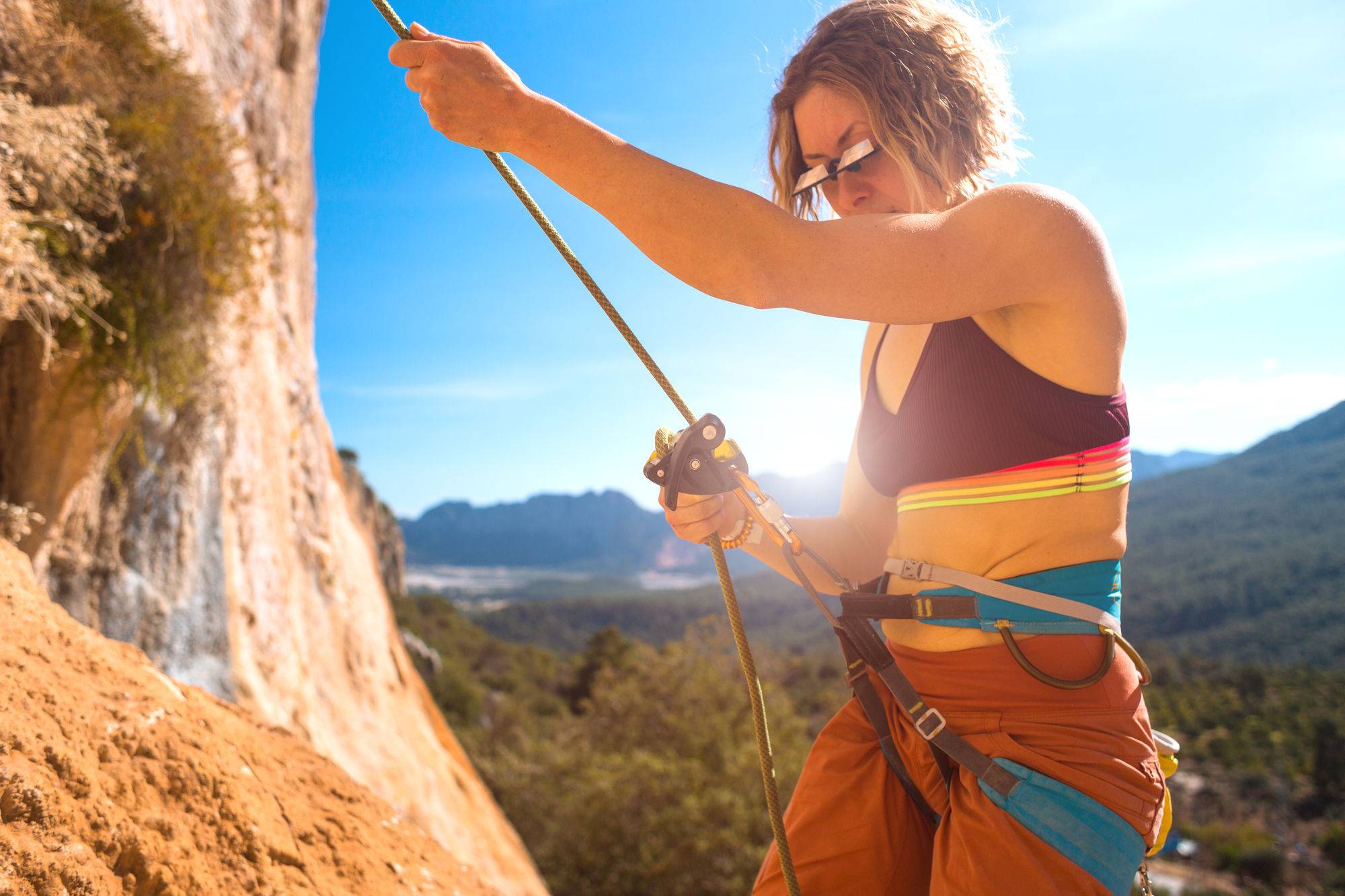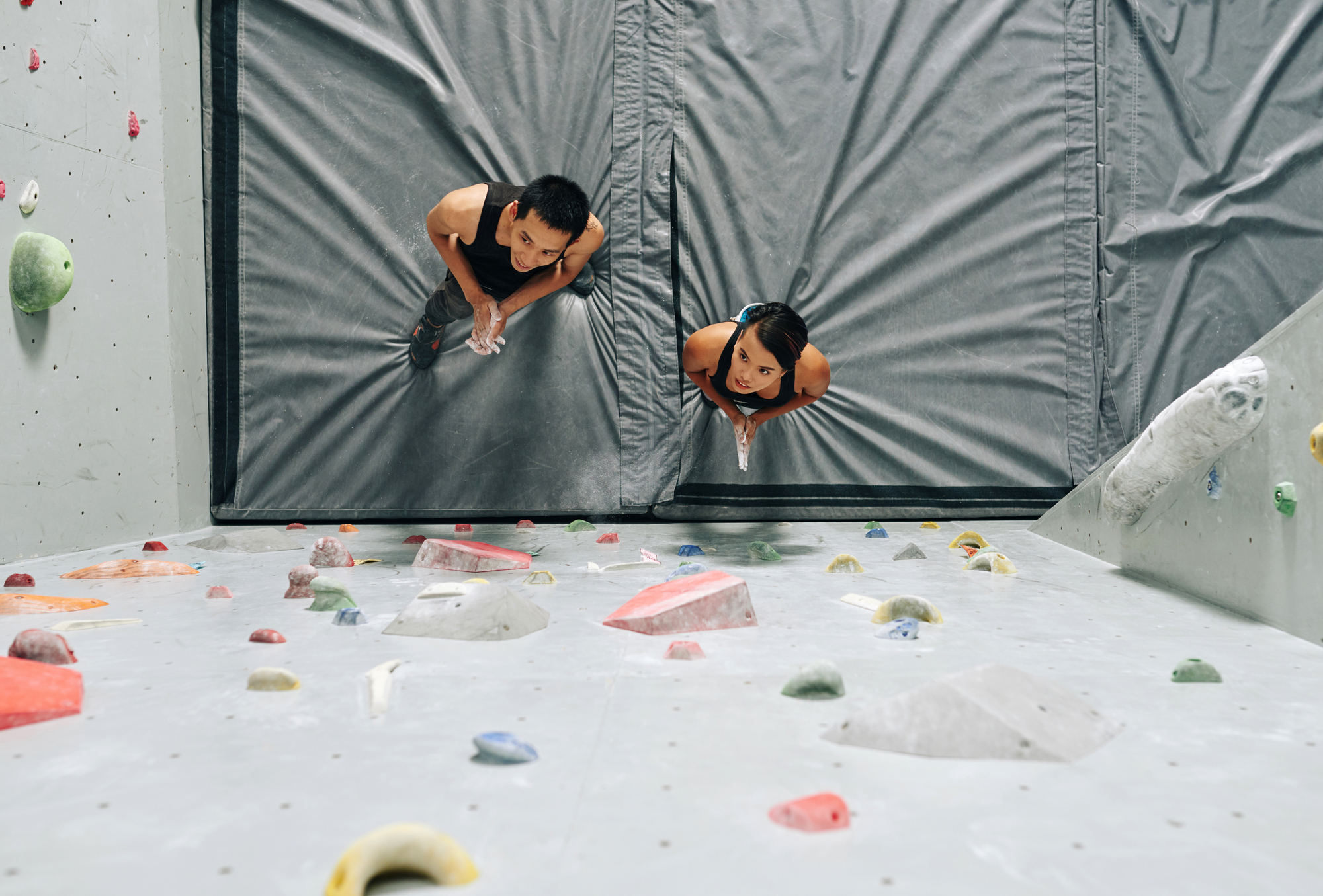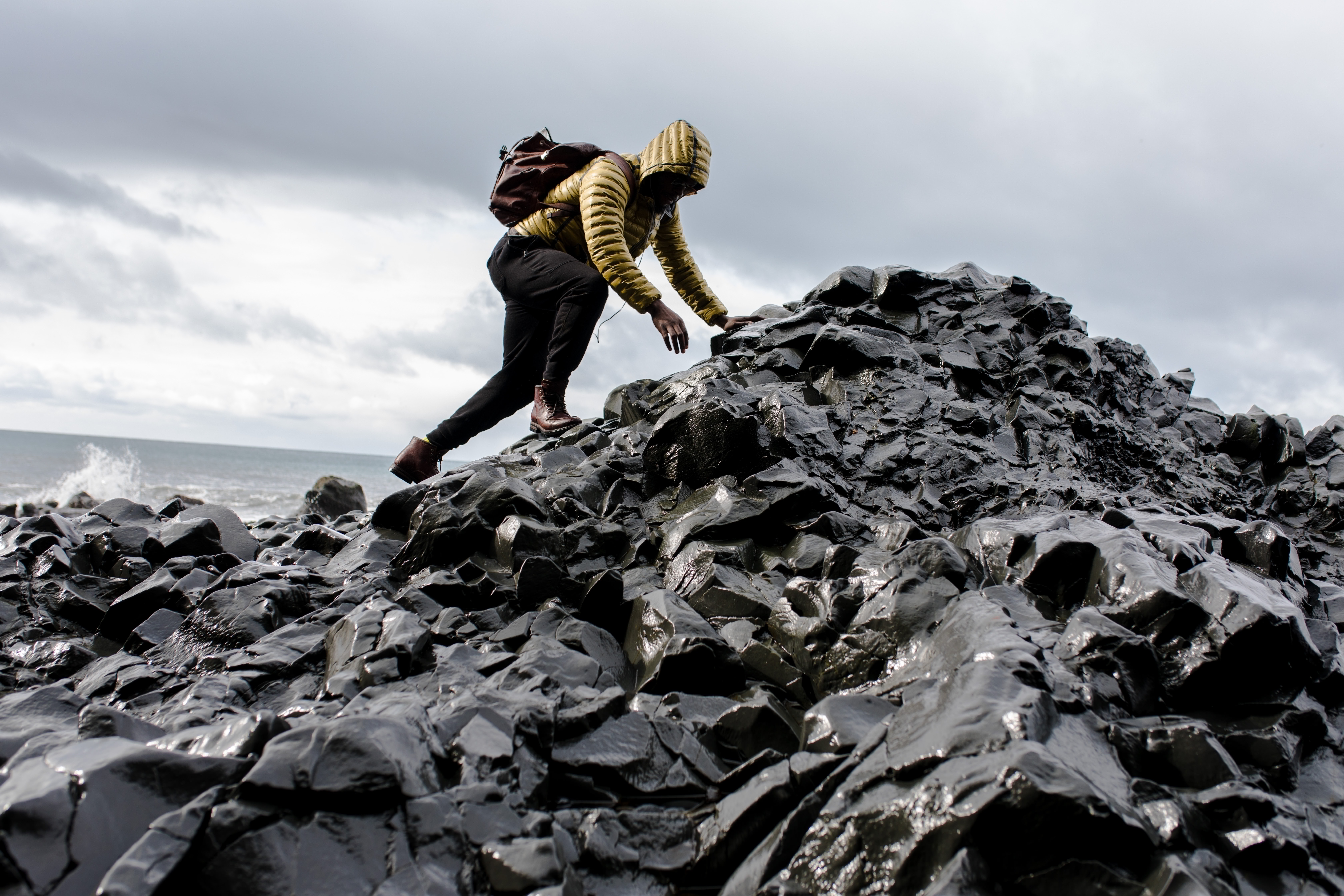Carabiners are arguably one of the most versatile and valuable tools you can bring to any adventure. Whether you’re using it to create an anchor while climbing or secure your items during a hike, a carabiner is indispensable for most outdoor activities.
While you're probably familiar with how strong a carabiner is, it still pays to understand different carabiner ratings. Knowing these ratings allows you to choose the suitable carabiner for a particular activity to stay safe and fun!
Let’s dive into the different carabiner orientations and ratings and how these factors play into carabiner strengths.
Understanding Carabiner Strength
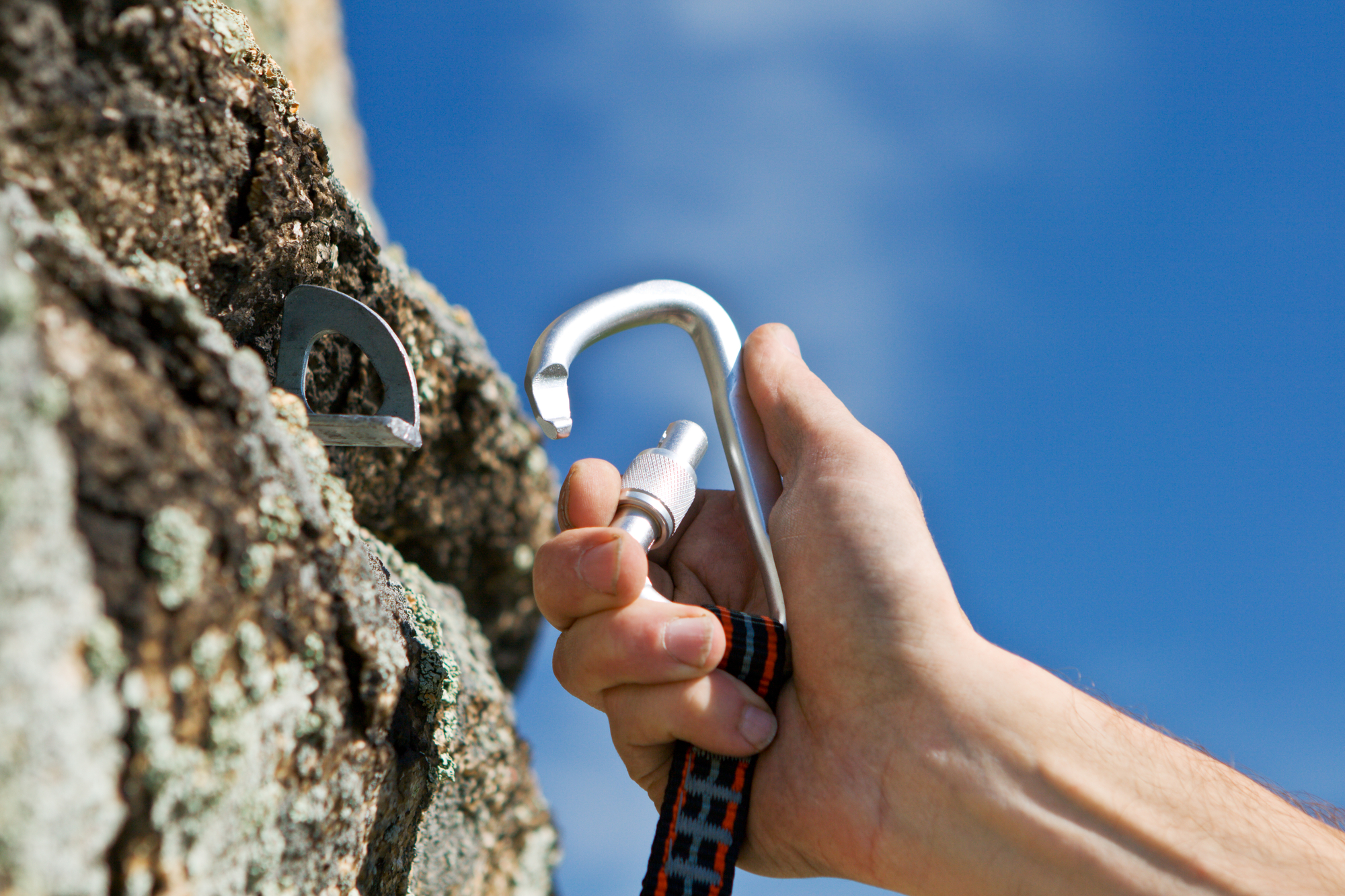
Carabiners are rated by how much kN (kiloNewtons) they can safely hold. If you look closely at a carabiner, you’ll notice a number followed by a kN engraved into the body. Never use a carabiner that does not have a kN rating since you can’t be sure how strong it is.
A kiloNewton equals around 225 lbs. Remember that this is a force of gravity rating, not a weight amount.
How do you use this rating? Well, it’s time to do a little math!
A carabiner rated at 24kN can safely withstand around 5,400 pounds of force. Let’s say that you’re a 150-lb climber, and you accidentally slip. You can calculate the force of gravity using Newton’s Universal Law of Gravitation wherein Fgrav = mass x gravity (m x g).
Since g = 9.8 m/s^2, this means that during your fall, your force of gravity is calculated at 1,470 lbs. Thus, a carabiner certified at 24kN will safely stop your fall.
Three Carabiner Orientations
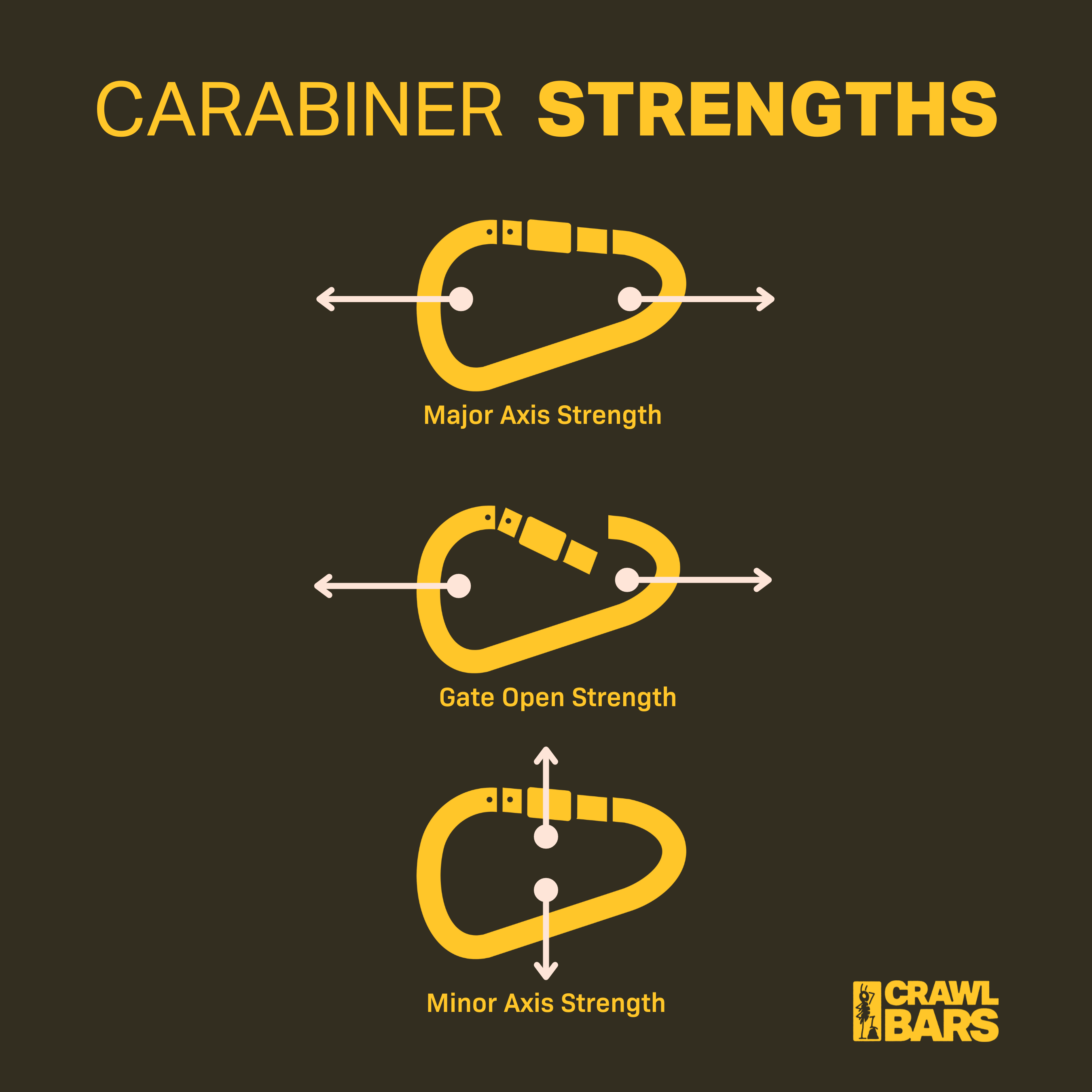
Carabiners have three orientations: the major axis, the open gate, and the minor axis.
The major axis is the most robust orientation. This orientation is how carabiners are designed to carry loads.
The open gate orientation is usually accidental. It happens when the carabiner gate accidentally opens during use. When a carabiner accidentally opens during a climb, this is known as a "gate flutter.” A gate flutter can cause your rope to snag or slip, leading to a fall. The best way to prevent a gate flutter is by using carabiners with a lock.
Finally, the minor axis orientation is typically the weakest. Carabiners are not designed to carry loads through this orientation. However, it’s possible that carabiners can rotate to the minor axis while in use.
High-quality carabiners often have kN ratings for all three orientations. However, if you only spot one kN rating, it usually denotes the major axis rating.
Identifying a Certified Carabiner
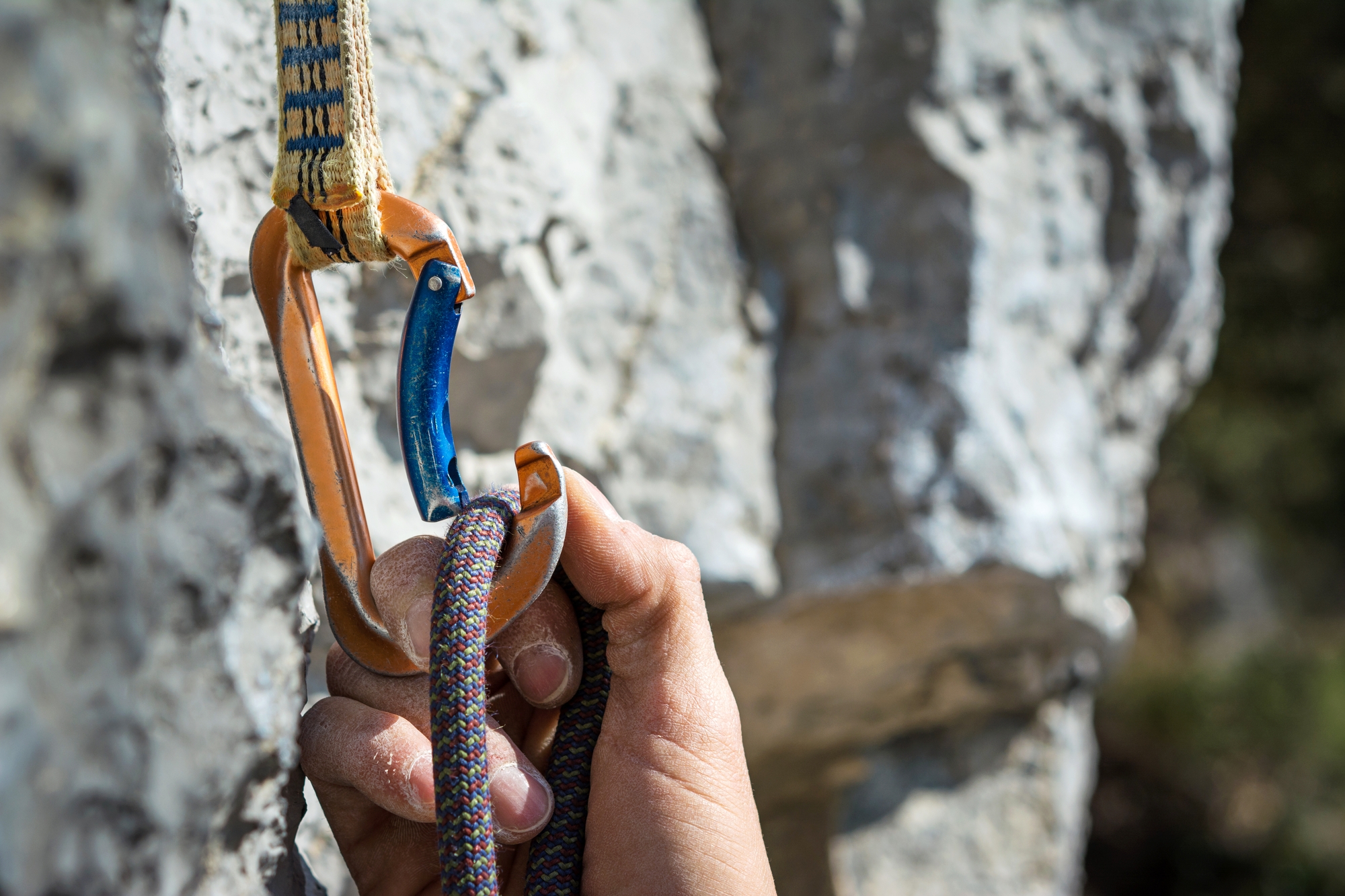
You must use a certified carabiner during climber to prevent accidents. You can identify a certified carabiner through icons etched into the spine. Certified carabiners will have either a UIAA (International Climbing and Mountaineering Federation) or a CE (Conformity Europeenne) icon. Some carabiners have both certifications.
Generally, a CE or UIAA-certified carabiner has a major axis rating of 20kN. According to the UIAA, a fall generally has around 5kN, so a certified carabiner will have no problem stopping the fall.
Take note that carabiners sold in Europe may only have CE certifications, but do not have UIAA certifications. This is because CE certifications are mandatory for carabiners sold in Europe.
Baseline Carabiner Strengths
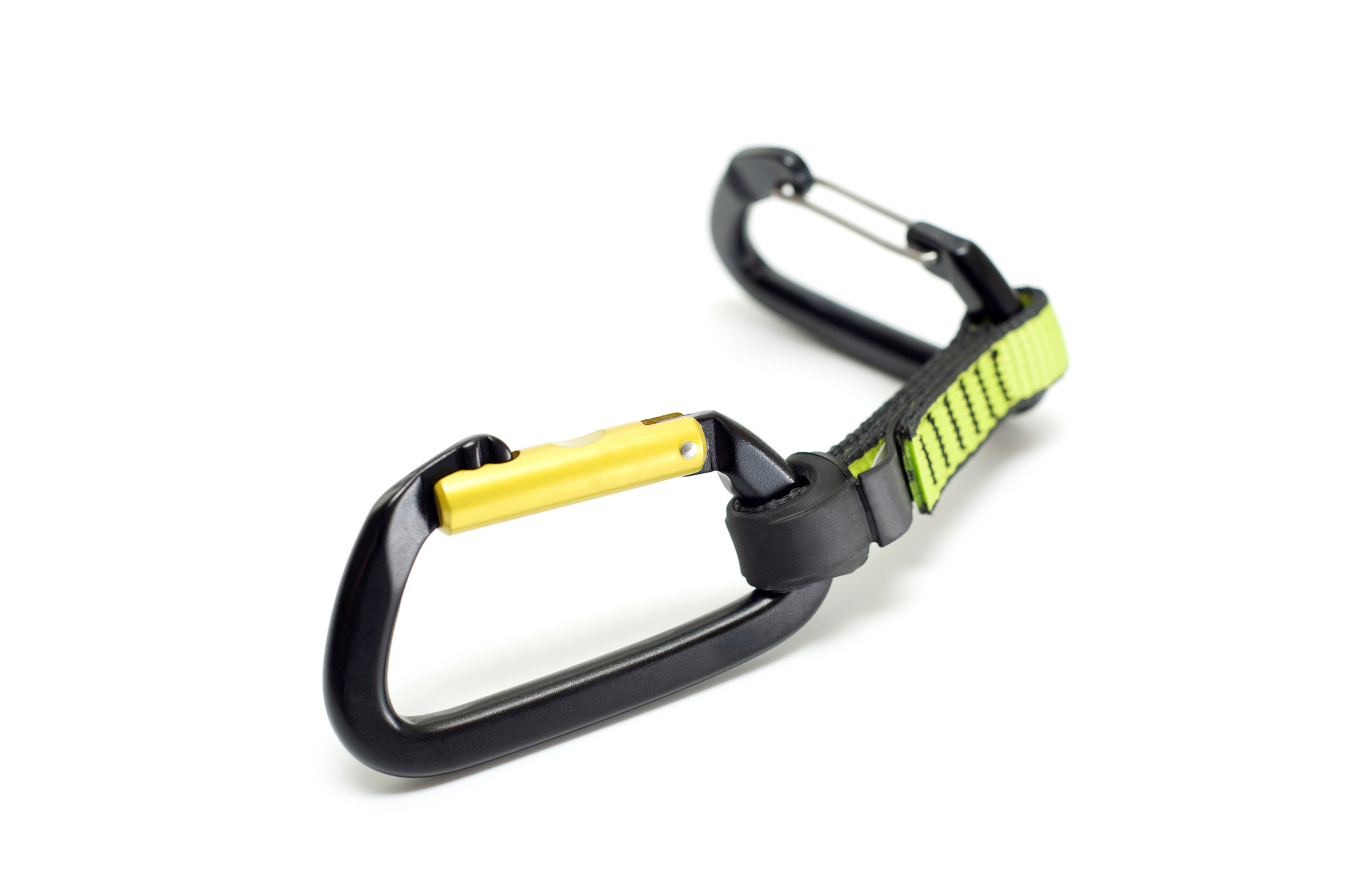
According to the UIAA website, here are the minimum carabiner strengths per axis:
Major Axis
- Oval carabiners - 18 kN
- All other carabiner shapes - 20 kN
Open Gate
- Oval carabiners - 5 kN
- Pear-shaped carabiners - 6 kN
- D-carabiners - 7 kN
Minor Axis
- All carabiner shapes - 7 kN
Can You Break a Carabiner?
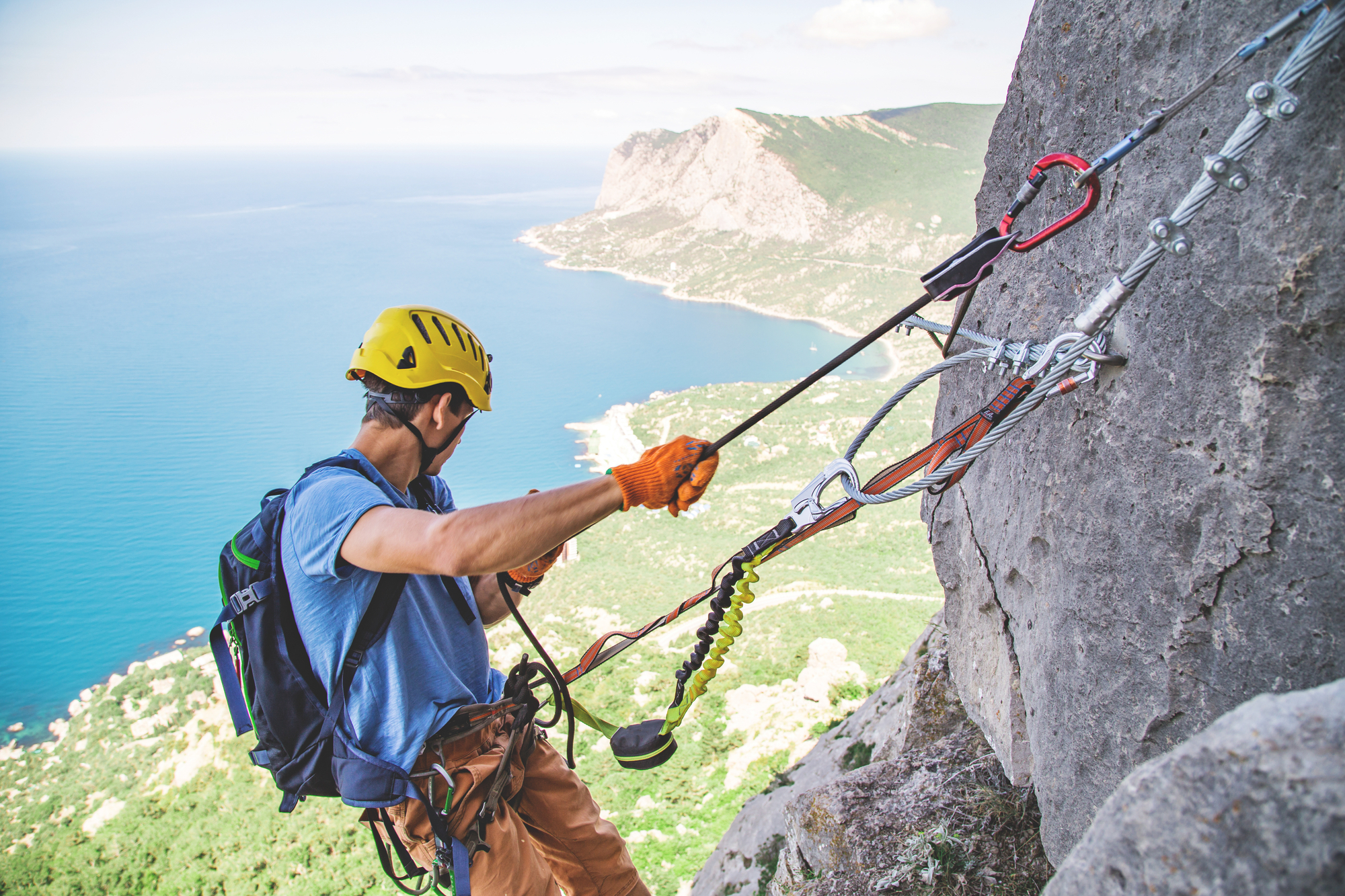
While a carabiner is built to last, there are instances when you can accidentally break your carabiner. This typically happens when you inadvertently load the nose of the carabiner. This is the weakest point of a carabiner and is not designed to hold any type of load at all.
Breaking a carabiner is a pretty rare occurrence. However, it can happen during a climb. For example, you might incorrectly position your rope during a belay, and the force is centered on the nose instead of on the major axis.
Conclusion
Now that you know the different carabiner strength ratings, it’s time for the million-dollar question: is stronger always better?
Well, yes. Carabiners with higher ratings are more robust and are ideal for climbing.
However, you should remember that using a carabiner is much more important than the individual strength rating. As long as you use your carabiner correctly, any certified carabiner will perform well.
Now clip on those carabiners and start climbing!

